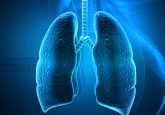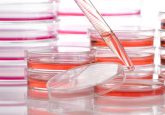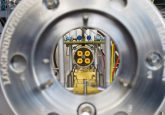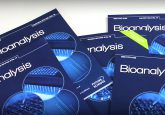Biological accelerator MS gains new system and sample preparation technique
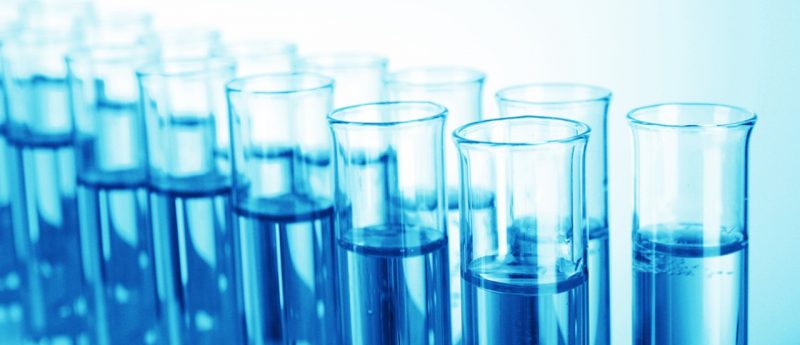
Biological AMS originated from the Lawrence Livermore National Laboratory (LLNL; CA, US) in the late 1980s, and uses 14C (or another radioactive isotope) as a tag that allows complex biological processes to be studied with high levels of sensitivity and precision.
When the field of biological AMS first emerged, it could take up to a few days to convert fewer than ten biological samples into useful graphite targets. Sample preparation frequently involved torches, vacuum lines, special chemistry and high degrees of skill, time and effort. In 1999, the LLNL was designated as the NIH’s first National Resource for Biomedical AMS, and the technology was upgraded.
However, in the past few months, LLNL researchers have made a greater step forward in developing these technologies than was previously achieved. Both a new sample preparation method and a new AMS system have now been developed. These advances allow both the preparation and analysis steps to be completed within minutes; the scientists at LLNL believe this work will be of great interest to biomedical research and pharmaceutical companies.
Graham Bench, the director of the Center for AMS, commented: “I’ve always thought that one of the biggest impediments to the widespread use of the biological AMS is that the system is complex and requires expert staff.”
Bench added: “Our whole technical goal for the biological AMS has been to make the instrument smaller, cheaper, faster and easier to operate.”
The new sample preparation method has moved away from the graphitization process and can now accommodate liquid samples. The new technique involves the conversion of the carbon content of liquid samples to carbon dioxide. The gas is then transported to an ion source where it undergoes ionization before proceeding to the acceleration column.
The LLNL researchers have also produced a new and simplified biological AMS system that can be operated without the expertise of accelerator physicists. This may open the possibility for the technology to be used by biomedical researchers in almost routine laboratory use.
The new biological AMS system will not use a tandem accelerator like conventional AMS devices, but a high voltage deck with an air-insulated acceleration column. Ted Ognibene, a chemist who has worked on the AMS for 15 years, stated: “Not only can the technique generate results in minutes; it permits the sample size to be reduced by 50,000-fold – from 500 μg to 10 ng.”
Ken Turteltaub, leader of the LLNL’s Biosciences and Biotechnology Division, commented on the possible scope of the work: “These achievements are a big deal because they allow us to support real clinical studies.”
Source: Biological sample prep time cut dramatically – from days to minutes

